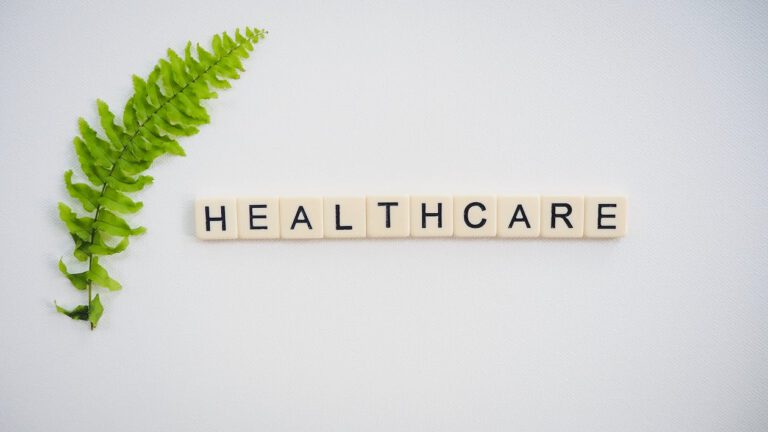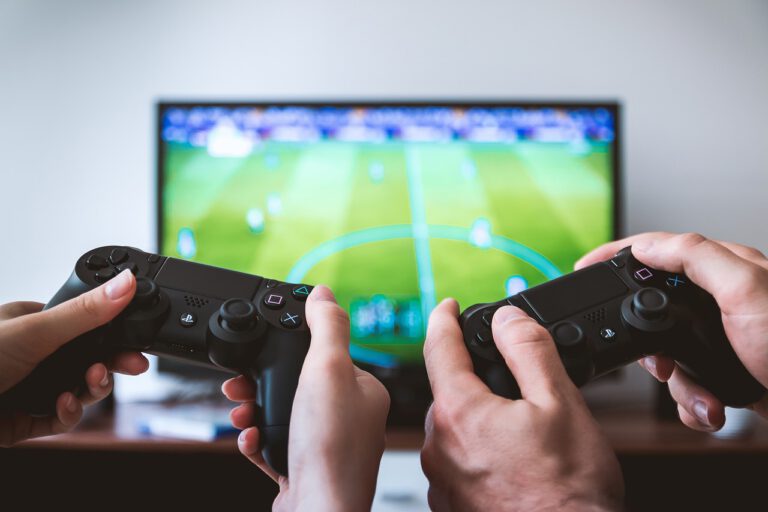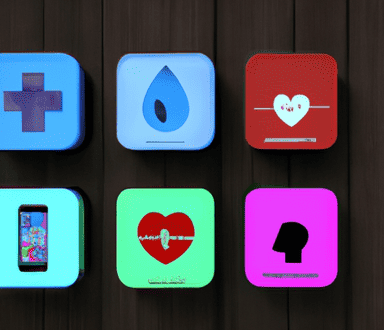The Digital Age: A Double-Edged Sword
In an era where digital connectivity reigns supreme, the internet has woven itself into the very fabric of our daily lives. It offers an endless stream of information, entertainment, and social interaction, transforming how we work, learn, and communicate. However, this boundless connectivity comes with a shadowy counterpart: Internet Addiction Disorder (IAD). A burgeoning concern in the realm of mental health, IAD manifests through excessive, uncontrollable internet use, leading to a myriad of psychological and physical repercussions.
The Neural Web: How the Brain Responds to Screen Time
The human brain, a marvel of evolution, is inherently adaptable, continuously molding itself in response to our environments. Prolonged screen time, however, can significantly alter neural pathways, particularly in regions governing attention, impulse control, and emotional regulation. Dopamine, the neurotransmitter associated with pleasure and reward, plays a pivotal role here. The internet, with its endless cycle of notifications, likes, and shares, triggers dopamine release, creating a feedback loop akin to the effects seen in substance addiction.
The Silent Epidemic: Recognizing the Symptoms of IAD
Identifying Internet Addiction Disorder can be challenging, given its subtle and often insidious nature. Symptoms range from preoccupation with online activities and withdrawal symptoms when offline to diminished interest in real-life relationships and responsibilities. Physical symptoms like eyestrain, headaches, and disrupted sleep patterns further complicate the issue. The psychological toll can be profound, with sufferers experiencing heightened anxiety, depression, and in severe cases, social isolation.
The Youth Factor: Screen Time and Adolescent Brain Development
Adolescents, whose brains are still in the crucial stages of development, are particularly vulnerable to the impacts of excessive screen time. The prefrontal cortex, responsible for decision-making, impulse control, and social behavior, is one of the last brain regions to mature. Excessive internet use during these formative years can disrupt this development, potentially leading to long-term cognitive and emotional challenges. Parents and educators must navigate this delicate balance, fostering healthy digital habits while promoting offline activities that support overall development.
The Vicious Cycle: Anxiety, Depression, and Internet Addiction
The relationship between internet addiction and mental health is bidirectional. Individuals with pre-existing anxiety or depression may turn to the internet as a coping mechanism, seeking solace in virtual escapism. Conversely, excessive internet use can exacerbate these conditions, creating a vicious cycle that is hard to break. The superficial nature of online interactions often fails to provide the emotional support found in real-world relationships, leaving individuals feeling more isolated and disconnected.
Breaking Free: Strategies for Managing Screen Time
Overcoming Internet Addiction Disorder requires a multifaceted approach. Cognitive-behavioral therapy (CBT) has proven effective in helping individuals recognize and alter problematic behaviors. Setting clear boundaries, such as designated screen-free times and tech-free zones, can also aid in managing screen time. Encouraging real-world social interactions, hobbies, and physical activities provides alternative sources of fulfillment and reduces dependency on digital devices.
The Role of Technology: Can It Be Part of the Solution?
Interestingly, technology itself can offer solutions to combat internet addiction. Various apps and tools are designed to monitor and limit screen time, helping individuals develop healthier digital habits. Features like time tracking, usage alerts, and digital well-being dashboards empower users to take control of their online activities. However, the ultimate responsibility lies with individuals to use these tools effectively and make conscious choices about their digital consumption.
The Future of Mental Health in the Digital Age
As our reliance on digital technologies continues to grow, so does the importance of addressing internet addiction and its impact on mental health. Research in this field is rapidly evolving, exploring the long-term effects of screen time on the brain and developing innovative interventions. Public awareness campaigns and educational programs are crucial in promoting a balanced approach to technology use, ensuring that the benefits of the digital age do not come at the expense of our mental well-being.
Mindfulness and Digital Detox: Cultivating a Healthier Relationship with Technology
Mindfulness practices, which encourage present-moment awareness and intentional living, can be powerful tools in mitigating the effects of internet addiction. Regular digital detoxes—periods of intentional disconnection from digital devices—allow individuals to reset their minds, reconnect with the physical world, and gain perspective on their internet use. Incorporating mindfulness and digital detoxes into daily routines can foster a healthier, more balanced relationship with technology.
The Power of Community: Support Networks and Peer Groups
Support networks and peer groups play a vital role in the journey towards overcoming internet addiction. Connecting with others who share similar experiences provides emotional support, practical advice, and a sense of solidarity. Online and offline support groups, counseling services, and community programs offer valuable resources for individuals struggling with IAD, emphasizing that they are not alone in their battle.
Conclusion: Striking a Balance in the Digital Era
The digital era, with all its marvels and conveniences, poses unique challenges to our mental health. Internet Addiction Disorder is a testament to the complexities of modern living, where the lines between virtual and real-world interactions blur. By recognizing the signs of IAD, understanding its impact on the brain, and adopting proactive strategies, we can navigate the digital labyrinth with greater awareness and resilience. Ultimately, the goal is to harness the power of the internet while preserving our mental well-being, ensuring that technology enhances rather than hinders our quality of life.



